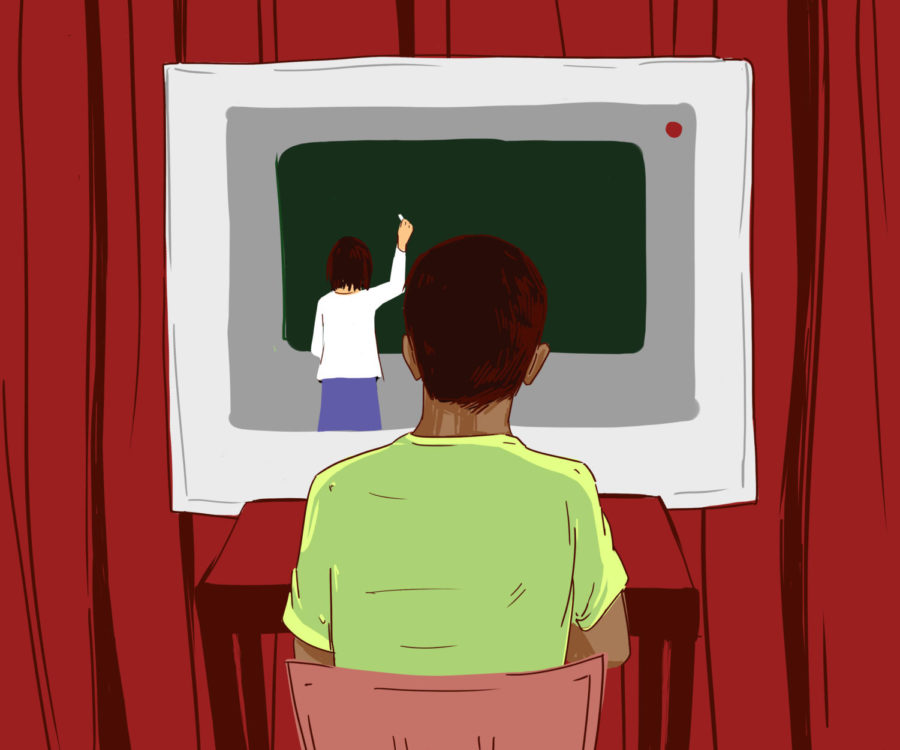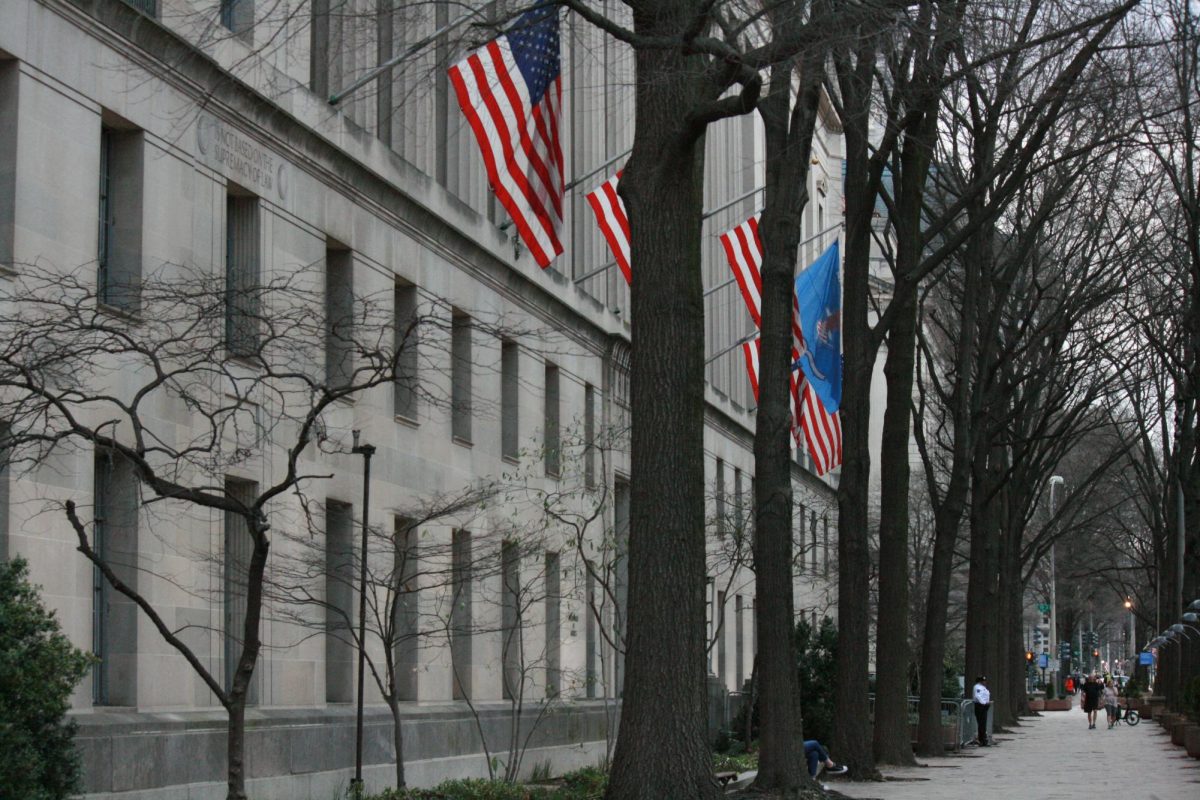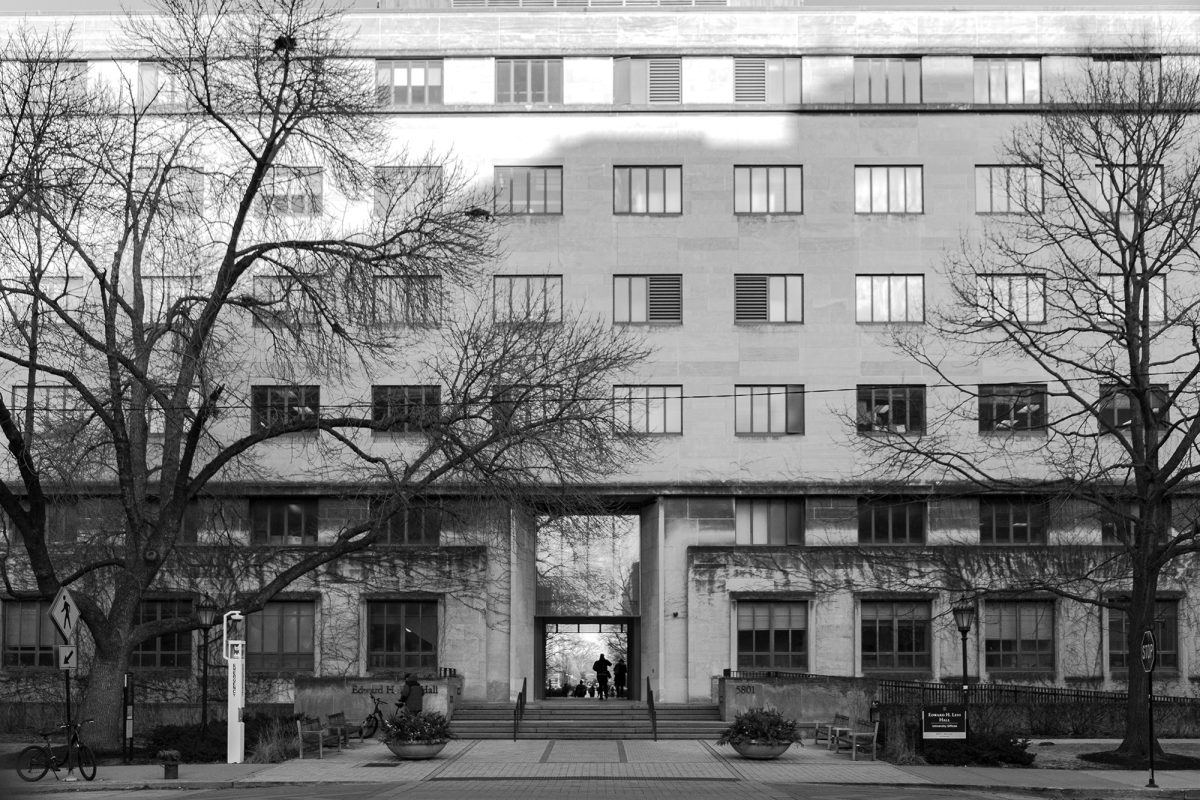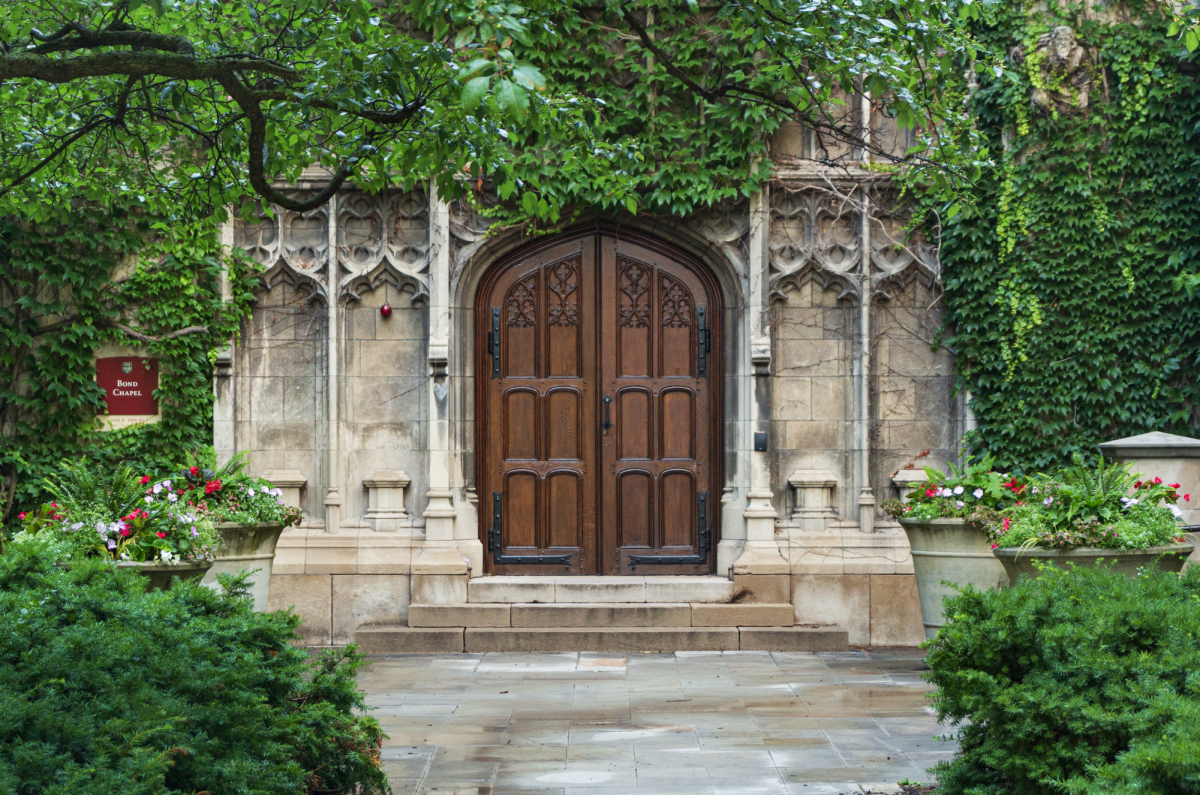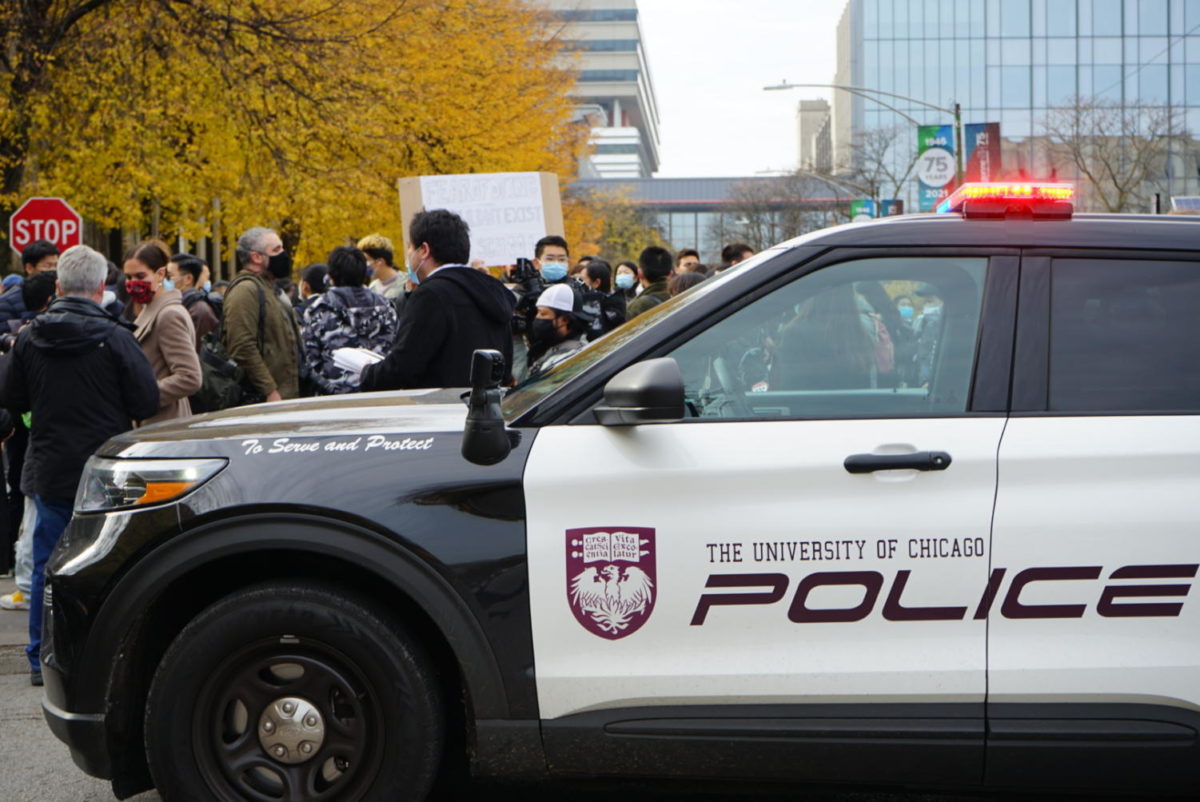As of this summer, the University of Chicago’s total cost of attendance is the highest of any college in the country. Tuition alone is $57,642, per the Office of Financial Aid’s website. Add in the $17,004 charge for living on campus, $1,800 for textbooks, and about $2,000 in personal expenses, and a UChicago education costs $80,000: the most expensive in the U.S. While the College’s soaring sticker price reflects a larger, decades-long trend of rising costs at public and private universities nationwide, The Maroon Editorial Board is alarmed that UChicago tops the list. The cost of attendance has risen even as the University has expanded enrollment without improving key academic resources.
The administration consistently reminds families of its generous financial aid packages, marginally increases Metcalf stipends, and assures low-income students that they will be socially and academically supported when they choose to attend this elite university. But as class sizes increase and dissatisfaction with academic advising remains widespread, higher tuition has not led to the hiring of more educators nor to markedly improved academic support for undergraduates, disproportionately affecting students from marginalized backgrounds.
The undergraduate population has grown by nearly 700 students since 2015, from 5,860 to 6,552. Class sizes are likely to increase even further: As Dean of the College John Boyer told a group of students last fall, the College is aiming for a student body of 7,000. Despite this growth, the University has not adequately expanded infrastructure to support students.
This quarter, after the chemistry department consolidated two classes into one 303-student section, some Organic Chemistry students have to watch a live video stream of lectures from another room—even the famously large room in Kent Laboratory cannot seat so many undergrads. Students who want to watch lectures on a screen have the Internet at their disposal. An outrageously expensive degree should guarantee, at a minimum, direct engagement with instructors. Livestreaming classes compromises students’ education by depriving them of the opportunity to ask questions and witness demonstrations firsthand (which is particularly important in the sciences). Moreover, it discourages students from attending class in the first place.
Less face time with faculty is especially detrimental to low-income students. While most research revealing the benefits of small class sizes—especially for underprivileged students—addresses K–12 education, there is much reason to believe that the same applies to undergraduates, especially those at top schools. Many students must already tackle the challenges of attending an institution made up predominantly of wealthy students. Coupled with a high turnover rate in academic advising, students are unable to build strong relationships with those who may provide helpful guidance.
Support for low-income students is already limited on campus. The Metcalf summer internship stipend for Odyssey Scholars has only now increased from $4,000 to $5,000—a raise that still does not match the cost of living in major cities where students intern. While increasing stipends and financial aid is a welcome start, the University must do more to improve student life in ways that go beyond building new dorms to house a growing population of students (who are newly required to live on campus for a second year, thus shelling out even more dollars to the University). The administration must ask itself: What actually happens once these students come to campus and pay more to do so? Are students’ support systems keeping up?
Problematically, soaring tuition helps maintain handsome salaries for administrators. President Robert Zimmer is one of the highest-paid university presidents in the country, taking home more than $2 million in the fiscal year 2017–18, the last year on record. If the University is going to continue charging distressingly high tuition rates, it must start to divert funding toward improved resources for students.
Given the tuition hike, it is also vital that the University offer more financial transparency, so students know where, exactly, their tuition dollars are going. Both current students and graduates of the University have repeatedly called on the institution to fully disclose its total operating costs and discretionary expenses.
The #CareNotCops campaign on campus has repeatedly urged the University to #ReleaseTheBudget by disclosing the financial information of the University of Chicago Police Department, one of the nation’s largest private police forces, along with the University’s total operating budget. While a financially accountable UCPD is certainly a worthy goal, the need for transparency extends beyond just the police force. Increasing financial transparency is critical, not only as the University’s normative responsibility, but also because we need to fully assess how students are supported.
This demand is also imperative because student loan debt continues to skyrocket in the U.S. Private, well-endowed colleges like UChicago have the ability to improve scholarship bundles and increase financial aid, and indeed they have. But what happens once students accept the opportunity to attend a school that costs $80,000 a year? The Maroon Editorial Board believes that the UChicago community must be made aware of how this money is spent. But most importantly, low-income students should have access to more comprehensive advising, professional, and teaching support, improved mental health resources, and a supportive environment that makes a UChicago education fulfilling.



